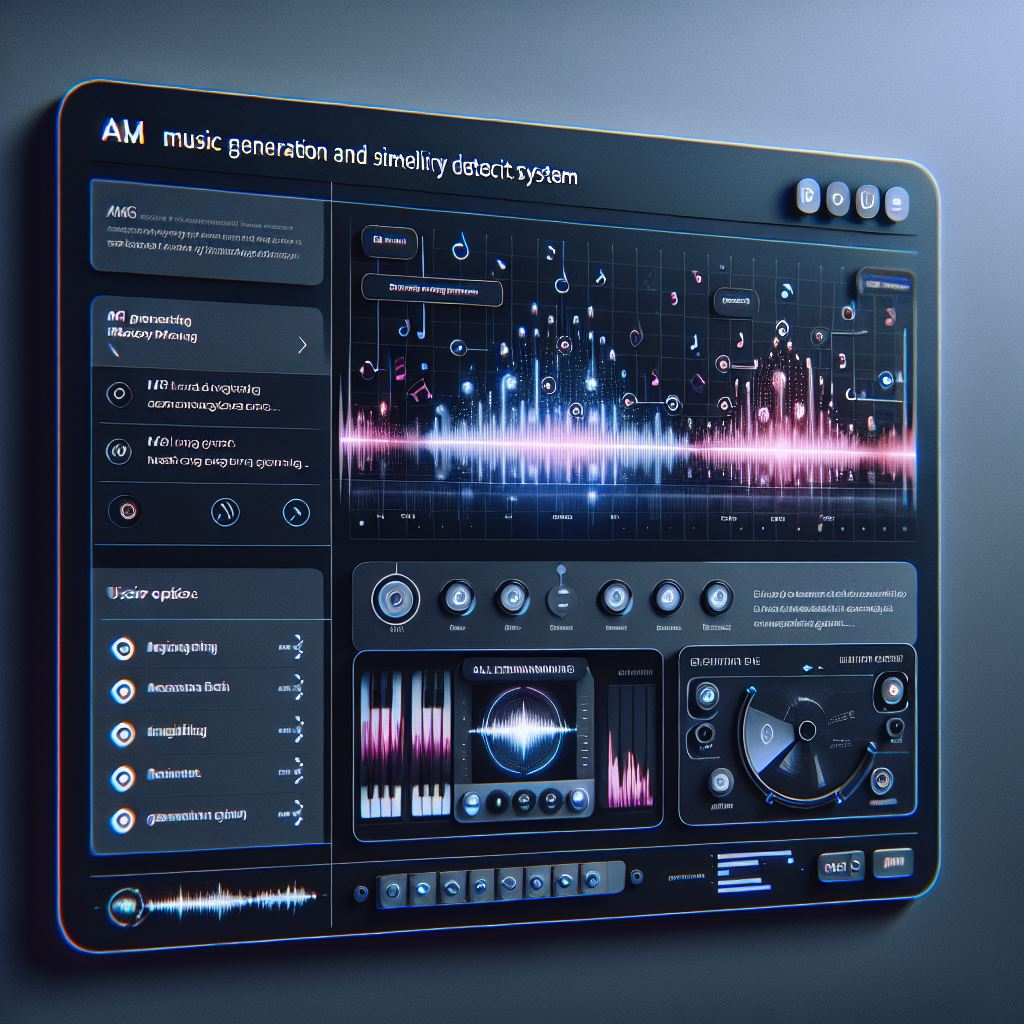Ignite Powerful INSIGHTS
The Challenge
In the realm of music composition and generation, the challenge was to harness the power of deep learning to create multi-instrumental music. The task involved training a hybrid neural network that combined LSTM, BiLSTM, and GRU layers to generate music compositions that span multiple instruments. The goal was to predict sequential musical notes as output, enriching the compositions with a variety of musical instruments.
Complexity and Innovation
The complexity of this task was akin to weaving a symphony, and rapid results were essential. The project aimed to push the boundaries of music generation technology and meet the client's expectations for innovative, multi-instrumental music generation.
Technical Hurdles
Developing an AI model capable of generating harmonious, multi-instrumental compositions required overcoming several technical challenges. These included handling diverse musical structures, ensuring temporal coherence in sequences, and optimising model efficiency without compromising the quality of generated music. Additionally, integrating multiple deep learning techniques such as LSTM, BiLSTM, and GRU posed computational complexities that had to be carefully managed.
Scalability and Adaptability
To make the music generation system widely accessible, scalability was a key consideration. The model was designed to accommodate different musical genres, instrumentation preferences, and user-defined constraints such as tempo and note length. Ensuring adaptability while maintaining real-time processing speed was a crucial aspect of the project, requiring a balance between computational efficiency and creative flexibility.
Dynamic and Adaptive Music Generation
Music creation is an art that blends technical precision with creativity. With advancements in deep learning, generating multi-instrumental compositions has become more refined and dynamic. Our AI model enables seamless music generation tailored to user preferences.
By integrating LSTM, BiLSTM, and GRU layers, the system ensures musical coherence, style adaptation, and diverse instrumental arrangements. This allows for flexible, real-time composition, empowering users to create melodies with intricate harmonies and personalized variations.
- Variable-Length Notes : Users can specify the number of notes they desire in the output.
- Multiple Instruments : Users can include multiple instruments in their compositions.
- Dynamic Tempo Control: Users can adjust the tempo (speed) of the generated music.
"The power of AI in music lies not in replacing creativity, but in enhancing it."
Client Collaboration
Understanding the vision behind musical creativity is essential for a successful project. The process began with in-depth, face-to-face meetings with the client to discuss their musical aspirations and project goals. These discussions helped shape the development strategy and align expectations for a seamless collaboration.
Building a model that generates multi-instrumental compositions required detailed input regarding instrument preferences, musical styles, and creative flexibility. By incorporating client feedback at every stage, we ensured the final product would meet their artistic and technical expectations.
- Input Layer: Processes sequences of musical notes as input.
- LSTM Layer: Captures long-term dependencies in sequential data.
- Dropout Layer: Processes musical sequences bidirectionally for better context understanding.
- Batch Normalisation Layer: Stabilises and accelerates the training process.
- Dense Layers: Extracts high-level musical patterns and relationships.
- Output Layer: Comprises 230 neurons representing distinct musical notes.


